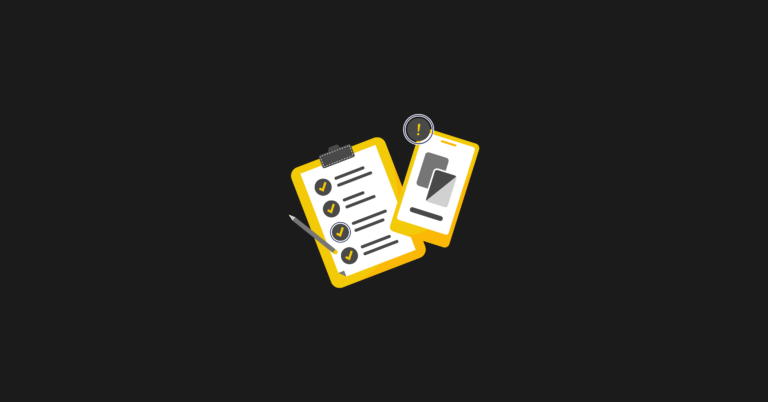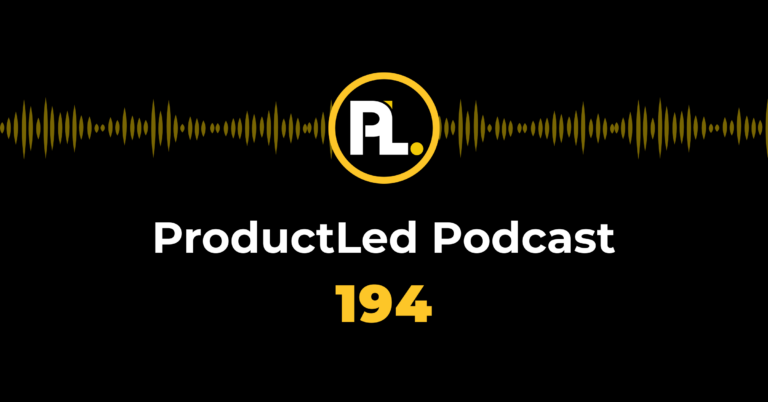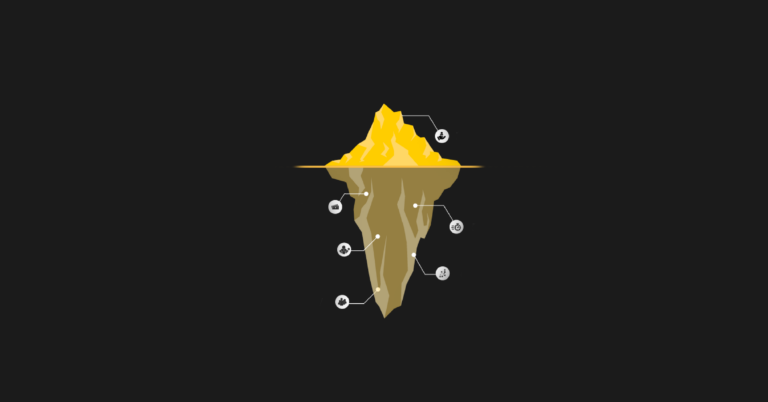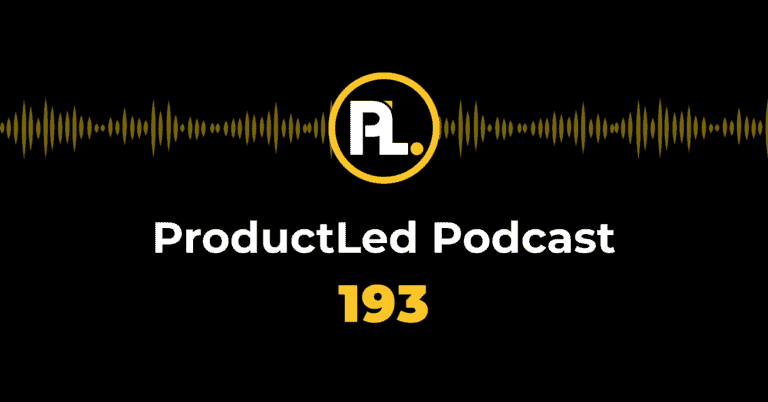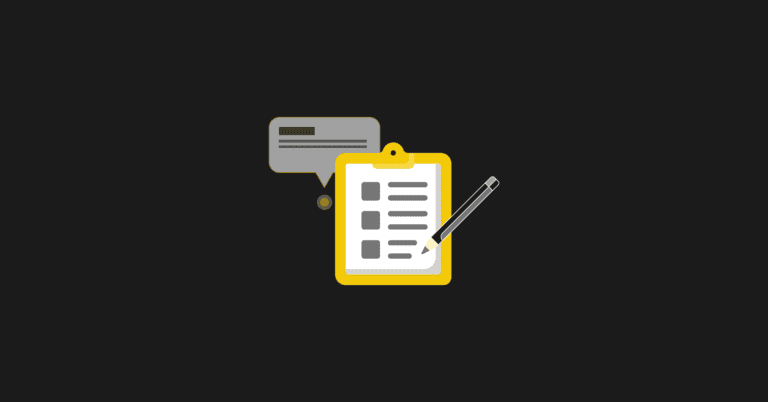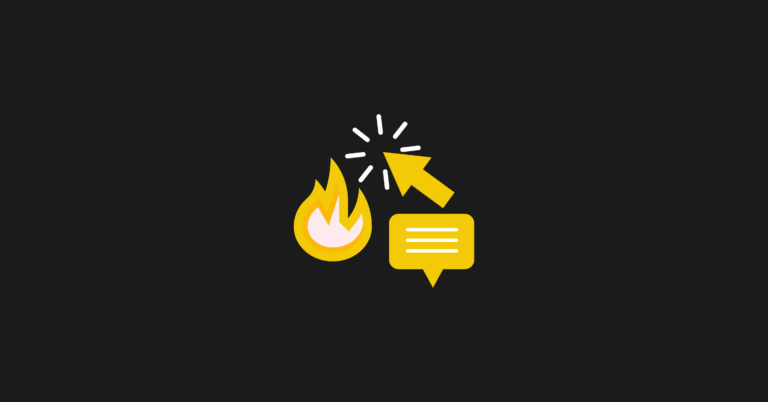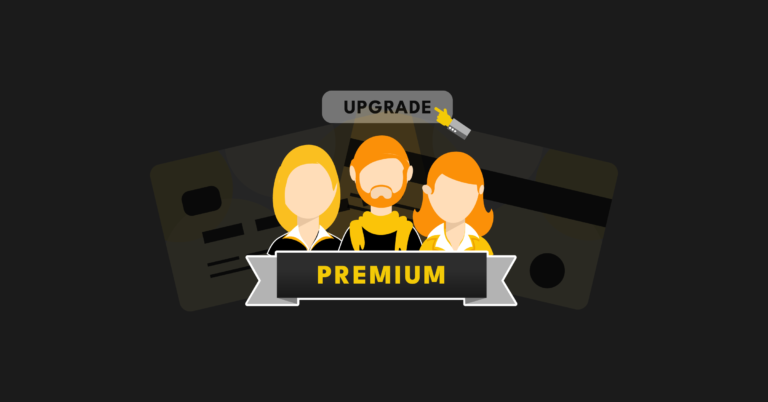Your SaaS pricing strategy is both an art and a science.
And it's one of the most important components of your product-led business.
If your users aren’t upgrading, chances are pricing might be the root issue.
Let’s go through some of the most frequently asked questions we’ve received from our community in regard to the pricing challenges you face as a founder.
How do you know when your pricing is the problem versus something else?
If your conversion is slowing down, chances are it’s because of these three factors:
- Visitors don't actually understand your solution, and so you’ve got a messaging problem.
- There's not enough value in what you're offering.
- The price is too high.
As you can see, pricing is the third factor. And that’s the real question: how do you solve for that?
You start off with the “what” data.
You can find this out by putting a pop-up survey on your pricing page asking why the visitor didn’t convert.
You could also talk to users who were prospects that dropped off. This is the quickest way to find your answer. Soon after, you'll see a clear theme that pops up and it's usually always related to either how it's messaged, the pricing is too high, or a mixture of them both.
How do you avoid underpricing your product?
As you're launching a product for the very first time and you're trying to figure out the right price point, there are a couple of approaches to take.
- Do a price sensitivity survey to understand the willingness to pay for your product.
- Get qualitative feedback by talking to your users.
From a survey perspective, the data will show you the low and high end of what someone's willing to pay.
When you understand what your pricing band is, always start at the high end of the range, since it’s easier to go down in price than go up in price.
What you’re doing here is to understand your users’ willingness to pay. Over time, if they're willing to pay that, great. But if they're not willing to pay that, that means the price is too high. Y
You can always come down slowly over time. That is a better strategy than coming to market with an underpriced product. Because then, you're in a really tough position because you need to raise prices consistently. That naturally leads to retention and long-term problems within your business.
How should pricing change when you evolve products from single-point solutions to a platform of interconnected products?
As you start to move from to multi-products, it opens the door to different packaging tiers and plans. It also means you can start thinking about bundling.
The best way to think about pricing is when you move to like multi-products that you’re building different product tiers based on your target customers. Ideally, what you're trying to do as you move to multi-product is that you’re trying to build the right solutions for those target customer segments.
You can segment those buyer personas by low-end, medium, or high-end. And from there, you can think about what should be an add-on versus what should be bundled into your subscription price.
What overall methodology do you use for a SaaS pricing strategy and how often do you revisit it?
Pricing is so broad and it depends on what you're trying to solve for in a lot of ways.
Are you pricing your product? Or are you trying to optimize pricing? Are you trying to improve your free-to-paid rate?
So I always start by asking what specific outcome you are trying to solve.
It’s important to be very specific about that because it will dictate how you approach it. So let's say you’re trying to determine your pricing structure as an example. Ask yourself questions these two questions:
- How do your competitors structure their pricing?
- What are your customer’s expectations on what to be charged?
Take those two options and you’ll find out what type of pricing you should adopt: packing, value-based, usage-based, or a mixture.
But remember, your feature set is also a critical element. And if you’ve done your customer research, you understand how your users would rank all of your product features, which is a great indicator of your value.
After that, you need to figure out the willingness to pay. Which is done using the survey method used above.
How often do you think that you should revisit pricing?
It really depends on the stage of the company. But honestly, it makes sense to start with a very common price point.
Here’s an example of this in action. When Google Apps was coming to market for the very first time to compete with Microsoft and other behemoths, leadership held a meeting. The CEO decided to charge $50 a month for the product, and it took them 30 minutes to make that decision.
The key takeaway here is if you’re early stage, don't spend a lot of time initially on pricing. Start with a viewpoint-first principle, and make sure it makes sense from a competitive benchmark perspective.
As you start to scale, pricing becomes critical. It’'s a constant iteration of optimizing the price point, bundling features, and add-ons. You should be looking at your pricing at least a few times a year, or at least once a quarter. If you only have a single plan, you can look at it more annually, or even twice a year.
What you want to avoid is constantly raising prices all the time. But you should be understanding the willingness to pay because as you're iterating, you're adding more value to that product, right? So it might not be revisiting pricing to raise prices. It actually might be revisiting prices to create a new product plan at a higher price each year.
How can a SaaS company run a pricing experiment?
Always start with a hypothesis.
Let's say you have a SaaS product, and you actually want to understand the willingness to pay. Right now, it’s priced at $50/month.
Your hypothesis is that the willingness to pay is much higher, at around $70/month. The best way to test that is to split your traffic to your pricing page. You would design a new pricing page, and send 20% of traffic to that new page.
Then you are going to look at your overall conversion rate.
You’ll need at least a few thousand users to go through those two different variants. There are a few different tools out there that can help you, like Optimizely.
If you are pre-revenue, how would experiments work in that case?
If you're pre-revenue like, you're really relying on a small set of like customers to interview. The only other thing you can do is use a tool, such as User Interviews where you can actually target the specific type of people you want.
Then, you can send out surveys. But if you are bootstrapping and you really want to be focused, it’s best to talk to as many customers as you can.
What are your best practices for implementing a price increase?
Naturally, customers don't like price increases. But there are a couple of best practices you can do:
- Communication. You need to communicate to your customers early that a price increase is happening. A good rule of thumb is around 30 to 45 days before the increase. But you’ll want to ease the blow somehow, whether that’s by highlighting the new features you’re launching, or offering a larger discount for a long-term plan.
- Segmentation. You don't want to send this message to 100% of the base. You'd actually want to test this price increase with a small base first to understand the impact. Plus, you don’t want to flood your customer service with a ton of requests at once. Start with 10%, then go up to 30, 60, etc. That’ll help you understand your churn results.
How would we manage the pricing for start-ups where you want to price lower to get more users, but you know that the pricing should be higher?
Don't start too low. Especially for a free plan, because it becomes very difficult when someone gets a feature for free or too low, it’s going to be really hard to get them to pay.
A great example is streaming services. They’ve really cracked down on password sharing. I know a lot of users are upset because they’ve been sharing passwords for a very long time.
Do you have any blanket pricing recommendations for a SaaS platform that has a product that applies to several different customer profiles, all have different needs and expect to pay different amounts?
So the way I would actually approach that is it always starts with defining who your target segments are.
Be very specific because the most successful companies are usually only focusing on three to four segments. Then you can build pricing around them. If you know who they are, you can build plans around then.
Then you want to prioritize your segments. Who are you really serving and who are you are you not serving? Once you know that, you know what matters to them, and then you can build your plans and feature sets around that.
You'll see very distinct needs for each of your segments.
We’ve tested more than four segments, and it actually leads to a drop-off of conversion rates. Naturally, people want simplicity. They want simple plans around them to help them decide.
I have a product that is project-based. They use the product once, churn, and then resubscribe in 6 to 12 months to use it again. How do you handle a situation like that?
One way is to lock them into a discounted annual plan.
Another option is to think about other features they can use for more ongoing use cases and engagement. But by doing that, you're adding more value, for them to keep coming back and using it regularly.
Is it better to start low and tighten free tier thresholds or start high and loosen them?
It’s better to start low.
But don't give away too much of the product for free because free is really an acquisition strategy.
You want to bring them in and start using the product. But if it's really around driving revenue, start on the low end and don't give away too much for free. That's much easier than doing the opposite.
How do you decide whether to include something as a value add or charge extra for it?
Here, it’s always good to remember that users like features bundled where they pay one price.
But if you think about add-ons, what add-ons would convince users to upgrade? Think of it as a little bit of encouragement to get users to upgrade.
What's the best way to gather and present data to get buy-in from sales on a particular pricing structure or plan?
Look at the data. Show Sales what deals they are losing, and why.
What matters to them is how to improve the win rate. So approach it as how the pricing helps Sales book more demos? If you can present it that way, you’re going to help them sell more.
Conclusion
There you have it, your top SaaS pricing strategy FAQs, answered.
Do you have a specific pricing question you'd like answered? Drop it in the comments below.

